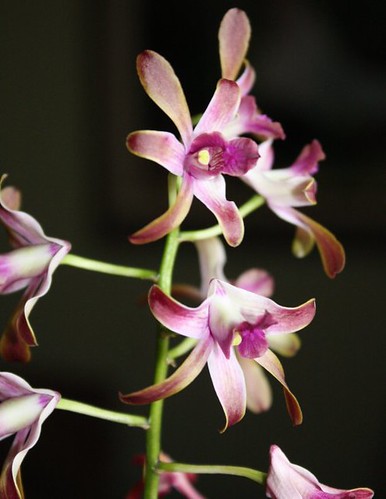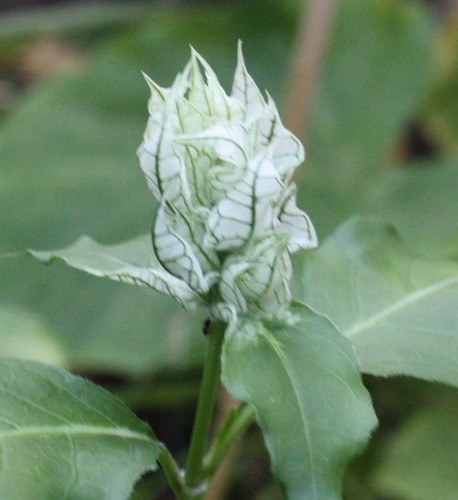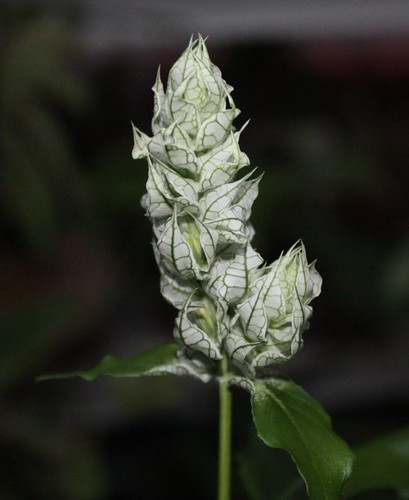Ever since I found a Spiranthes growing in my front yard, I have been scouring all nearby landscapes with my eyes. I wanted to know about other wild orchids in this part of the country, as well as in areas where I might be traveling around the US. So I ordered a book on Amazon called Wild Orchids Across America: A Botanical Travelogue by Philip E. Keenan. The book is published by Timber Press. I am finding myself reading more and more books by this publisher.
This was a very enjoyable read, which tells about many (but not all) of the orchids which can be found in the Canada and the continental US (including Alaska, but not Florida). It is primarily a description of the orchids themselves and their habitats, but there are some nice stories about the orchid hunting. It is called a "botanical travelogue" so the stories of the travel are part of the ride. I'll be checking this book before I go on each vacation to see if I'll be in range of any blooming orchids that I can visit.
The accompanying photos for each species, taken by the author, are very nice and necessary for a book about orchids - in my opinion.
There is a considerable chunk of the book dedicated to northern climates (Alaska 28 pages, Canada 40 pages and New England 72 pages), which is not my area of interest. There are some really cool orchids growing in these locations, but I don't see myself going to these places for orchid viewing any time soon. The coverage of central United States orchids was very poor. There were sections of the book that focused on "Midwestern states" (just Ohio) and "Western states" (California, Washington, Utah and Arizona), but nothing focusing on any area close to me. Somehow the states of Arkansas, Oklahoma, Texas and Missouri are entirely skipped, although a couple of species are mentioned as originating in these locations. It's too bad that Keenan didn't feel the need to explore these areas for his book.
All in all, I enjoyed reading the book. I would say it is a "must read" for those who want to see orchids in the eastern United States, as those areas are very well covered in the book.
This was a very enjoyable read, which tells about many (but not all) of the orchids which can be found in the Canada and the continental US (including Alaska, but not Florida). It is primarily a description of the orchids themselves and their habitats, but there are some nice stories about the orchid hunting. It is called a "botanical travelogue" so the stories of the travel are part of the ride. I'll be checking this book before I go on each vacation to see if I'll be in range of any blooming orchids that I can visit.
The accompanying photos for each species, taken by the author, are very nice and necessary for a book about orchids - in my opinion.
There is a considerable chunk of the book dedicated to northern climates (Alaska 28 pages, Canada 40 pages and New England 72 pages), which is not my area of interest. There are some really cool orchids growing in these locations, but I don't see myself going to these places for orchid viewing any time soon. The coverage of central United States orchids was very poor. There were sections of the book that focused on "Midwestern states" (just Ohio) and "Western states" (California, Washington, Utah and Arizona), but nothing focusing on any area close to me. Somehow the states of Arkansas, Oklahoma, Texas and Missouri are entirely skipped, although a couple of species are mentioned as originating in these locations. It's too bad that Keenan didn't feel the need to explore these areas for his book.
All in all, I enjoyed reading the book. I would say it is a "must read" for those who want to see orchids in the eastern United States, as those areas are very well covered in the book.












